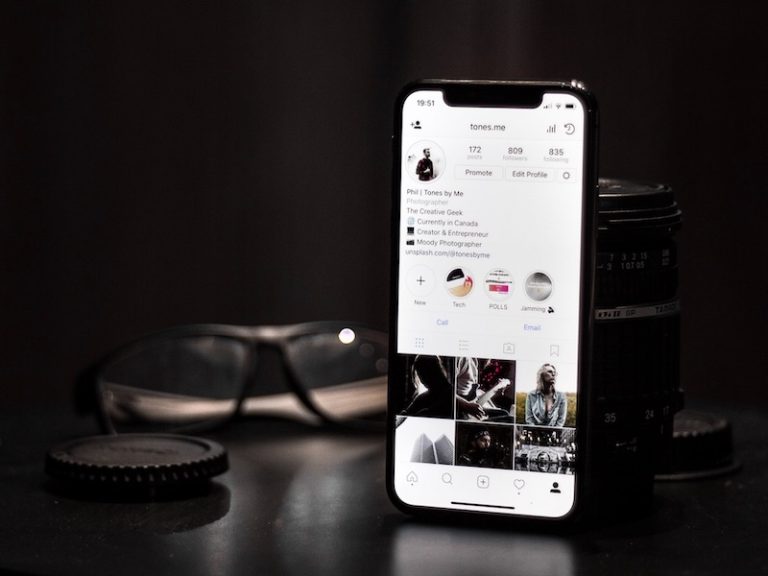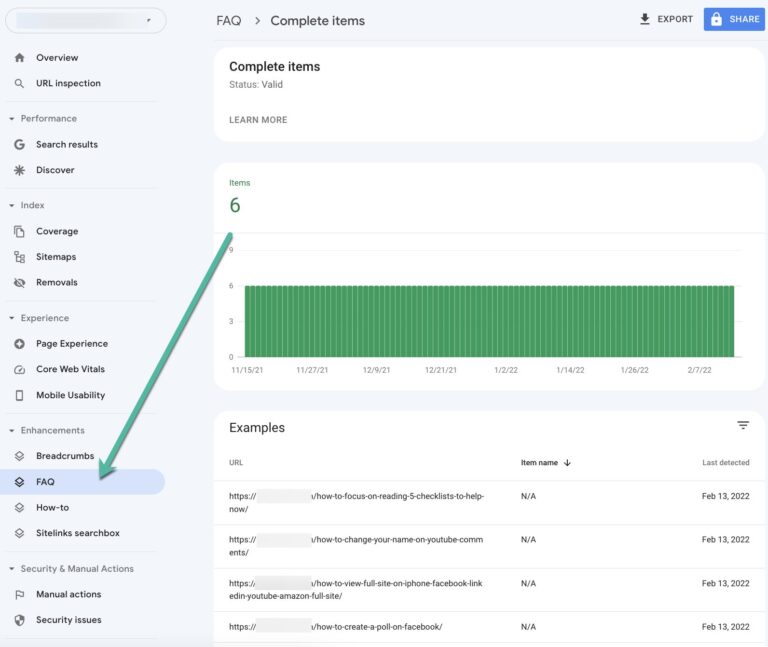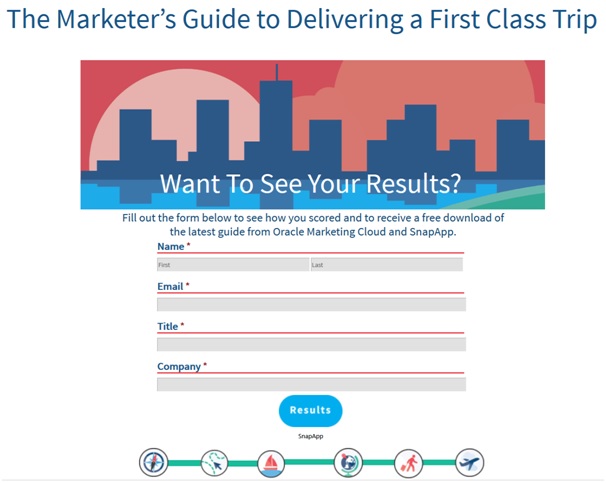

Monetate also revealed that businesses who personalized the online shopping experience saw a 19% uplift in overall sales, with 94% of in-house marketers believing that personalization is the future of online success. Which begs the question: how do businesses offer a personalized shopping experience for their visitors?
That’s where ad networks like Facebook, Google, Bing and Yahoo come into play. Each site allows you to track (through retargeting) anonymous website visitors based on particular actions they make on your site. For example, Facebook offers the use of custom audiences that lets you to track and place prospects who visited certain pages of your website in a list:
It’s estimated that the average consumer is bombarded by 5,000 ads per day. With so much clutter, content that isn’t personalized won’t be getting their attention. More than 74% of consumers say they are annoyed with businesses who promote offers that have nothing to do with their personal interests or buying habits. And you know what annoyed consumers don’t do? Spend money at businesses who annoy them!
Why should You Care about Personalization?

Digital Marketer’s audience contains a wide spectrum of prospects with different needs. Instead of lumping them all in one sales funnel, the they have tailored unique sales funnels based upon each customer profile. If you’re a business that has more than one customer profile, a one size fits all sales funnel is not going to cut it. Your list will be receiving offers and content not relevant to their needs.
Retargeting provides a much more personalized advertising experience for prospects, with 30% of consumers having a positive reaction towards them.
-
Start by asking questions
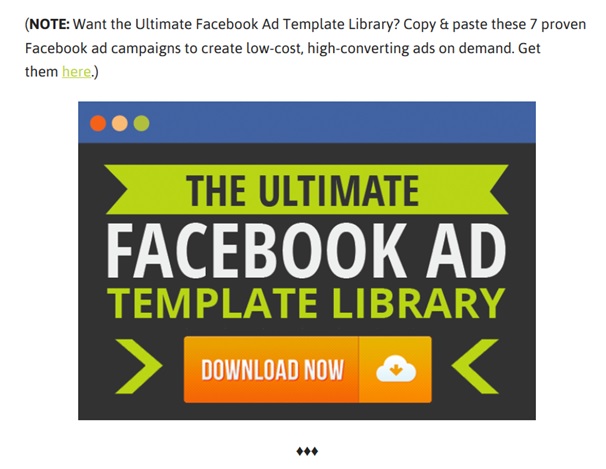
Oracle recently used an interactive test questioning prospects on how they conduct their online marketing:
Gamification is usually implemented in boring tasks (such as data collecting) to make them more fun. Have you ever come across online surveys or tests where you pick answers from a list to find out what superhero you would be? That’s gamification in action.
Best for: personalizing the email experience.
-
Optimize your sales funnels
The key to great personalization is data collecting. Without knowing the needs and wants of your prospects, you will have a hard time personalizing the experience. Chances are you already manage a mailing list and if you haven’t already – start segmenting.
A questionnaire is a simple yet effective way to find the needs and wants of each customer group. Perhaps you manage an online retail store, gaining data such as customer age, gender and favorite brands can help segment contacts into different lists to send highly targeted offers and news.
- Fat loss supplements
- Muscle gain supplements
- Children’s supplements
While blog topics regarding Facebook advertising contain a different lead magnet and places prospects in a totally different sales funnel:
After completing the test and gaining important data from prospects, Oracle ask for their business name and details to be sent the results. Using gamification to obtain data will yield greater responses than a boring questionnaire or a complex signing up process to your website.
[Tweet “74% of consumers get frustrated when what they get isn’t related to their interests by @janrain #cro”]
Leveraging Facebook’s custom audience, you can group every prospect who made the same or similar action into a custom audience (list). Using your newly built list, you serve adverts showing your Facebook custom audience shoes they looked at before to get them to re-engage. This type of advertising is more personalized and relevant than serving ads to prospects who’ve never interacted with your site before.
The key to offering a personalized shopping experience is to obtain accurate data from prospects. Whether they are anonymous visitors, warm prospects, or frequent customer; data can be gained at every step and you should use every tool in your arsenal to obtain it. Be that sending out emails, using advanced retargeting features, gamification, or refining your sales funnels. Data collection will be pivotal to success for any business relying on their online presence.
Let’s assume you manage an online clothing store and a prospect visits several product pages selling women’s shoes but didn’t make it to the order confirmation page. While you don’t know their name or personal details, you do know they have an interest in women’s shoes.
Best for: personalizing shoppers’ online buying journey
-
Personalize the advertising experience
Implementing personalization online can help you achieve everything from online social proofing to an uplift in conversion. Be that through your website experience, email marketing or external advertising techniques. But how do you offer unknown prospects and customers a personalized shopping experience? Keep reading and find out.
You have three unique categories with each having a different customer profile. Customers who are looking to gain muscle most likely have little interest in burning fat or children’s supplements and vice versa. Segmenting prospects at the start makes personalizing their experience easier. In the business model above, you should have 3 sales funnels with 3 unique email lists targeting each group.
Digital Marketer do this perfectly, they offer various digital marketing products and have separate sales funnels for each category of product. Here’s a blog post talking about email marketing with the lead magnet focusing on the same subject:
Instead, you should be creating unique sales funnels for each product category or customer profile. For example, let’s assume you manage an online supplement store that sells the following:
How many product/service categories does your store or business offer? Does each one have its own dedicated sales funnel? Because it should. Your online personalization strategy must begin before prospects have even entered your sales funnel. You can’t place everyone in a single sales funnel and email them questionnaires to segment, that’s too much hard work, messy and will see prospects immediately exit your funnel.
In Conclusion
Gamification is the process of using the entertaining elements of a game such as scoring and rewards.
[Tweet “”Gaining data from customers is hard, 98% of your traffic will remain anonymous” @sellingtools #cro”]
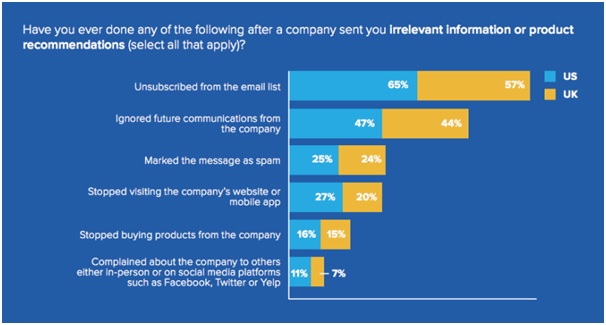
Best for: personalizing the advertising experience.
-
Implementing Gamification
VentureBeat conducted a study and found that impersonalized communications online can negatively affect a business:


The Internet is a great place to pretend to be someone else. Whether that’s being an online troll, a fictional character made up by your imagination, or your favorite superhero.With so much anonymity online, businesses continually struggle to provide users with a personalized experience, which is a big problem. Never more so than today are consumers demanding personal attention, and when they don’t get it, will go somewhere else.
Questionnaires are best used on prospects, as with customers you’ll already have their name, age, gender and previous buying habits. Nobody likes filling in questionnaires or surveys (you can get paid for filling them online) so you’ll need to sweeten the deal. Offering a free shipping coupon or entry to a sweepstakes competition is one way to get your list to comply. They are going to need a reason to fill it in, give them a good one.
Paradot have placed me in their custom audience after I visited their website and are showing me personalized ads to opt-in to their sales funnel:
Best for: data collecting.
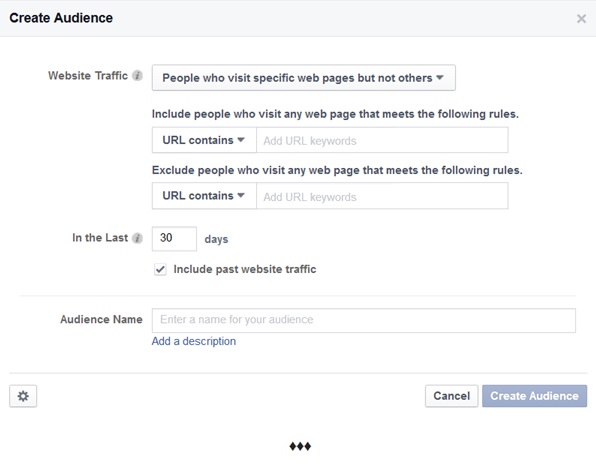
Estimates reveal that 98% of your traffic will remain anonymous. Creating a personalized experience for someone you have no data on is going to be impossible. Sure, using Google Analytics you can gain data on the 98% but it’s pretty difficult to personalize their experience without getting them to sign up to your website or opt-in to a list.



